A multimeter, also known as a multi-tester or volt/ohm meter, is a multifunctional, multi-range measuring instrument. It is the most basic tool in the field of electronic testing and is widely used; it is a measuring tool that personnel in the electronics industry must master. Multimeters are divided into pointer and digital types. A typical multimeter can measure DC voltage, DC current, AC voltage, and resistance, and some can also measure AC current, capacitance, diode, and some parameters of transistors.

The function of the reflector: When the observer’s line of sight is at an angle to the pointer on the dial, two pointers can be seen (one in the reflector and one actual). The reading at this time has an error and is not the true reading of the multimeter. Only when the observer’s line of sight is perpendicular to the dial will the pointer in the reflector coincide with the actual pointer, and the value observed and read at this time will be the true reading of the multimeter.

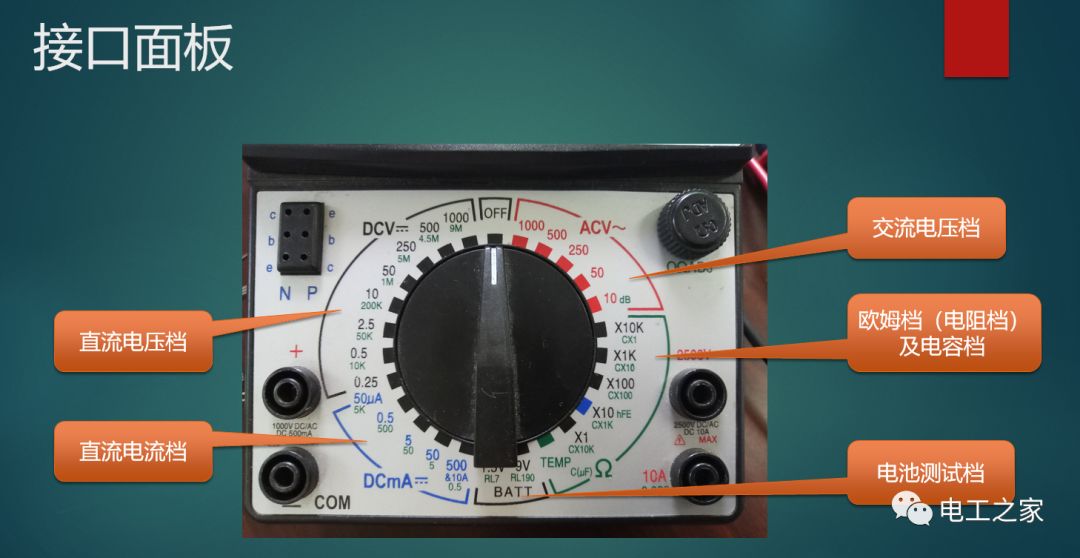
Precautions Before Measurement
1. Before measuring, check whether the connections of the red and black probes are correct. The black probe must be connected to the “-” (common terminal) socket, while the red probe can be connected to the “+” (positive terminal) socket, high voltage socket, or high current socket depending on the measurement situation. If the red and black probes are reversed, it may cause the pointer to reverse and damage the meter’s head component when measuring DC quantities.
2. Before measuring the circuit, check whether the selected range matches the measurement object, whether the range is correct, and whether the polarity is correct. Otherwise, not only will you not obtain correct measurement results, but you may also damage the multimeter.
3. During measurement, try to hold both probes with your right hand, and do not touch the metal parts of the probes and the components being measured with your fingers.
4. If you need to switch ranges during measurement, you must remove the probes from the circuit before switching; otherwise, it may damage the contacts of the switching switch and the internal circuit of the multimeter.
5. Before measuring, confirm whether the pointer is at zero (check under the OFF setting). If there is a deviation, mechanical zero adjustment should be performed.
Regular Measurement Steps
1. Mechanical zero adjustment;
2. Determine the quantity to be measured: voltage, current, resistance, capacitance, or others;
3. Determine the appropriate range and switch to the corresponding setting (the ohm range needs to be zeroed);
4. Determine which socket to use: regular positive socket, high voltage socket, high current socket, or transistor testing socket;
5. Start measuring and wait for the pointer to stabilize before taking the reading;
Range Selection
When measuring, choose the appropriate range. A range that is too large affects measurement accuracy, while a range that is too small cannot read the exact value. The specific selection method is: if the approximate value of the measured voltage is known, select the range that is closest to it (but greater than that value); if the measured voltage value is completely unknown, select the maximum range, and then appropriately reduce the range based on the pointer’s deflection.


Reading Techniques
Due to the numerous ranges of the multimeter, it is impossible to label all of them on the scale dial. Some ranges are directly in a multiple relationship, so the same scale can be used to represent them, and then through conversion, the correct result can be obtained.
For example: For the DC range, there are 0.25, 2.5, and 250, but the scale dial only has the 250 scale. If you need to measure using the 2.5 range, you can first read the result on the 250 scale. If the result is 175, you can scale the 250 scale by dividing by 100. So the final measurement result is 175 / 100 V = 1.75V. The same applies to the 10 scale and the 50 scale.
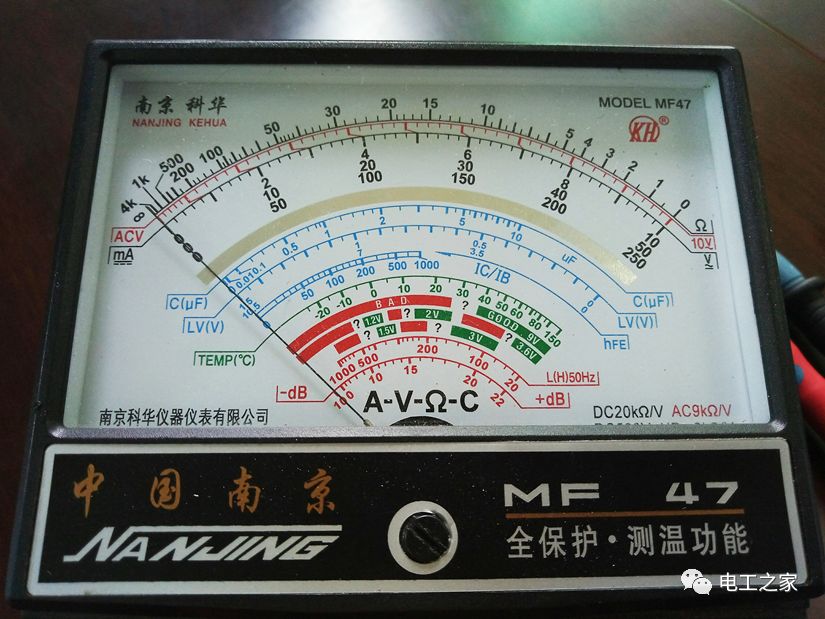
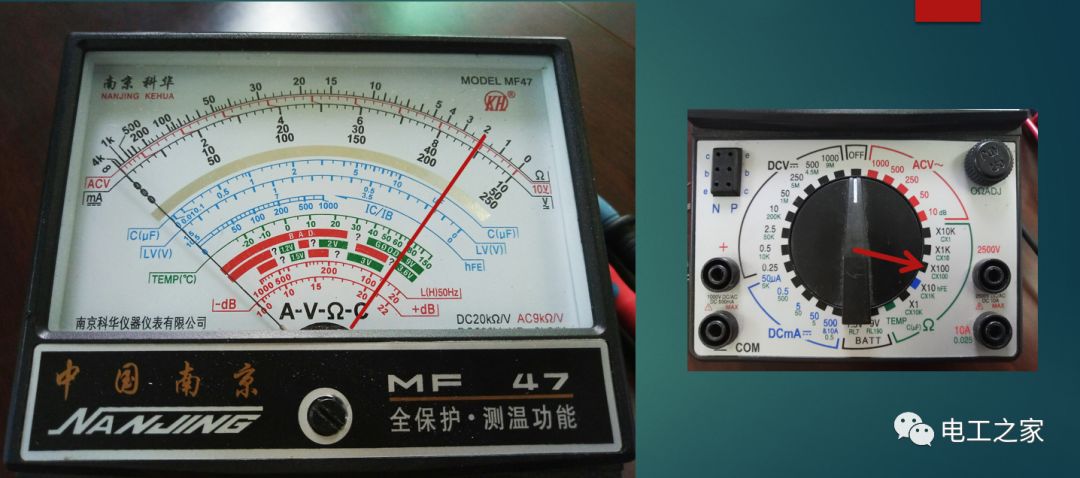
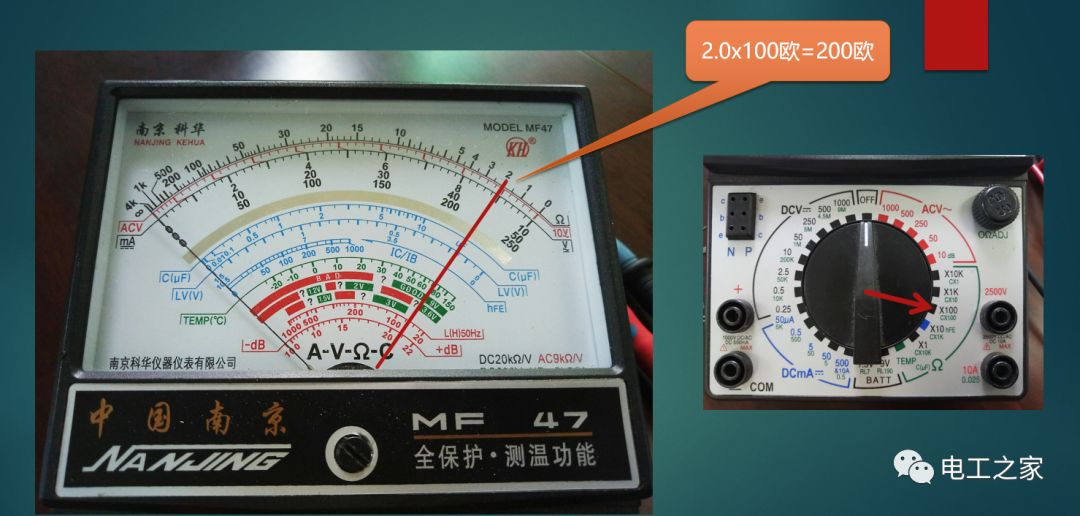

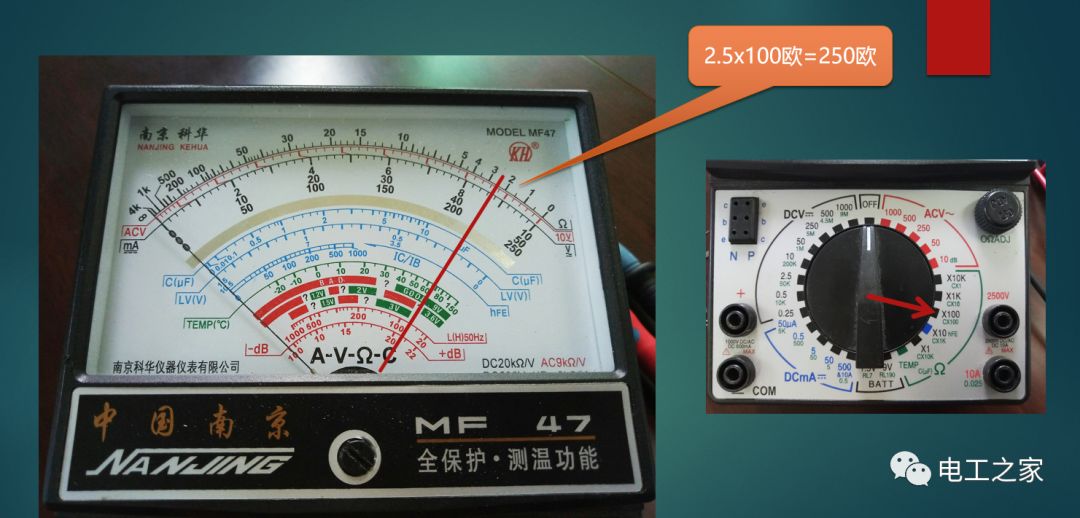



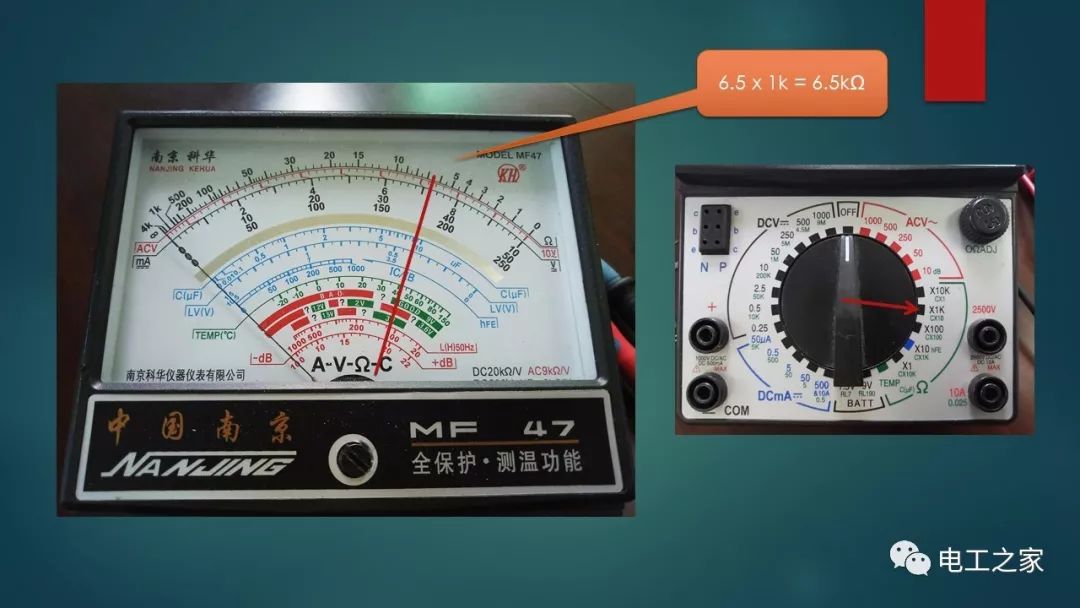
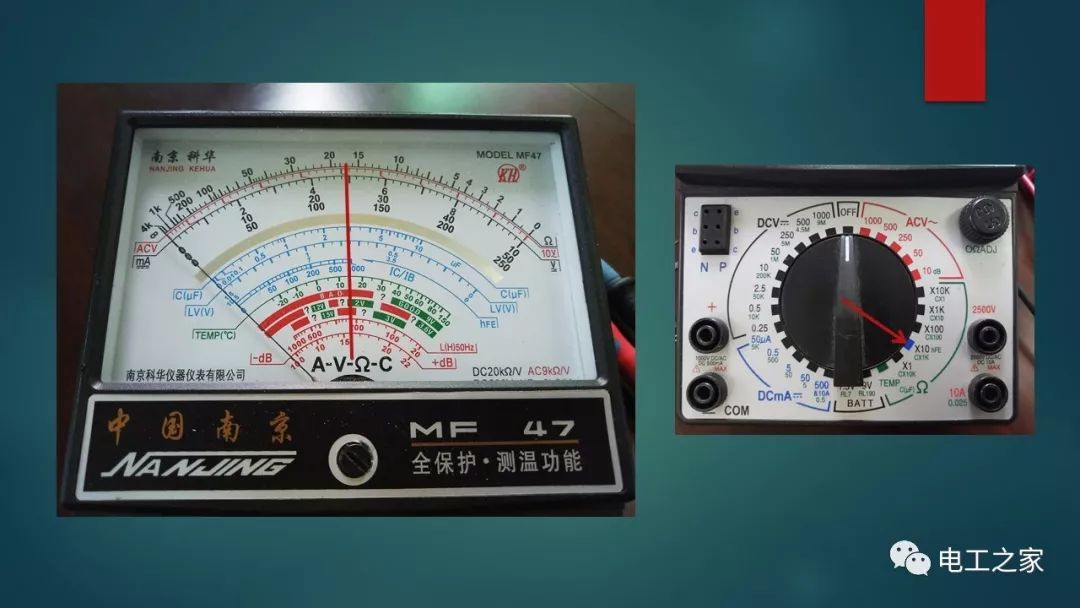
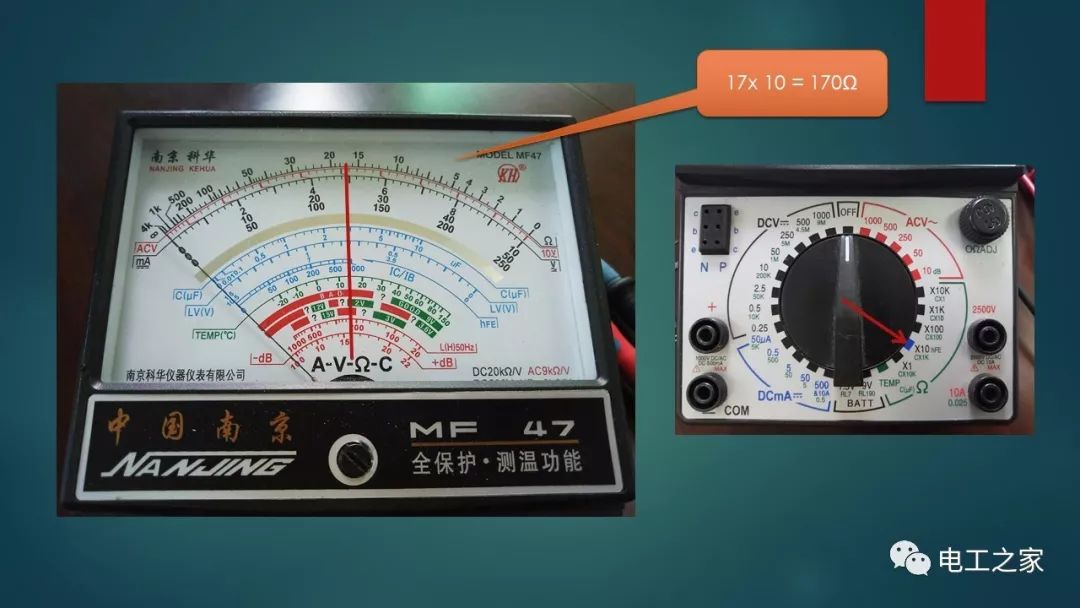
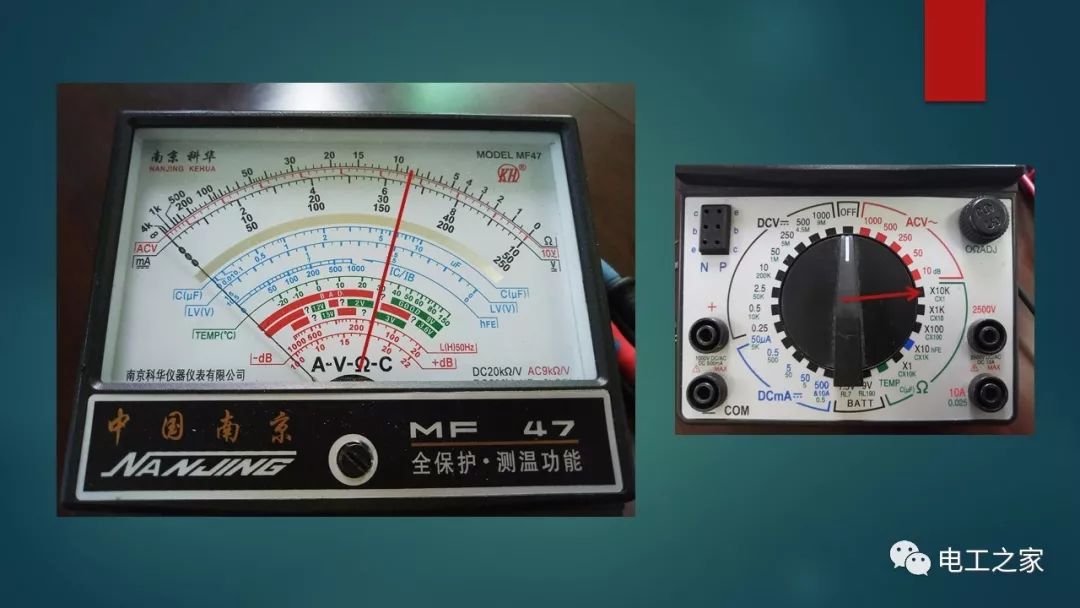
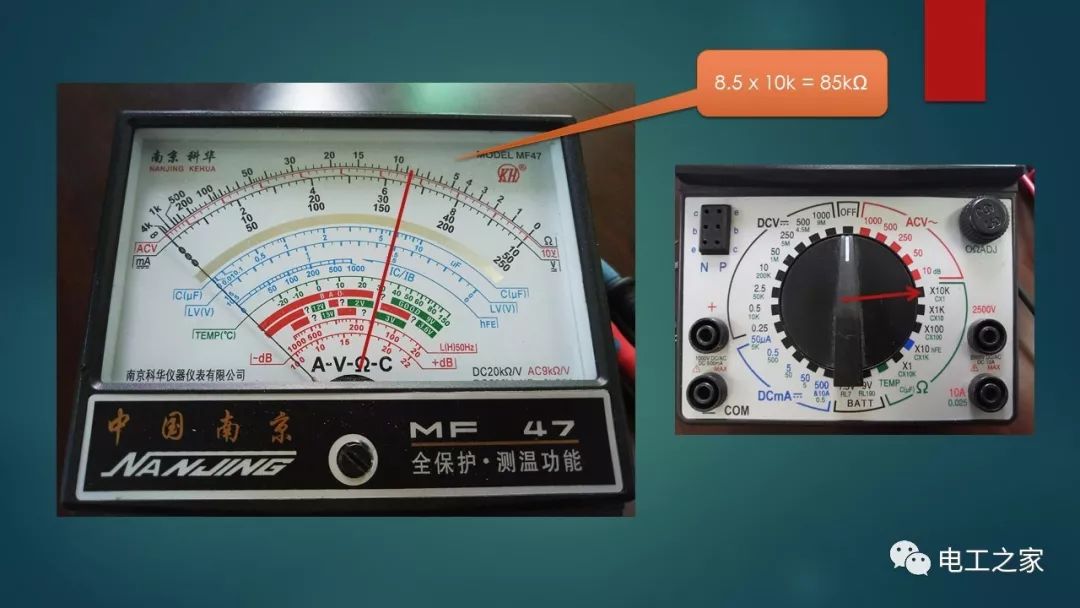
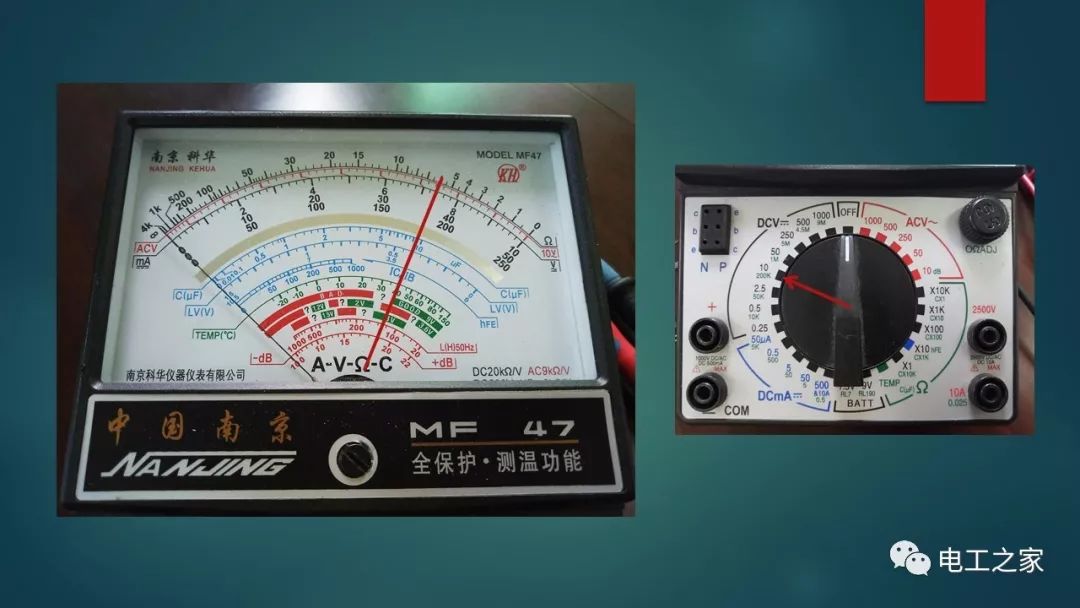
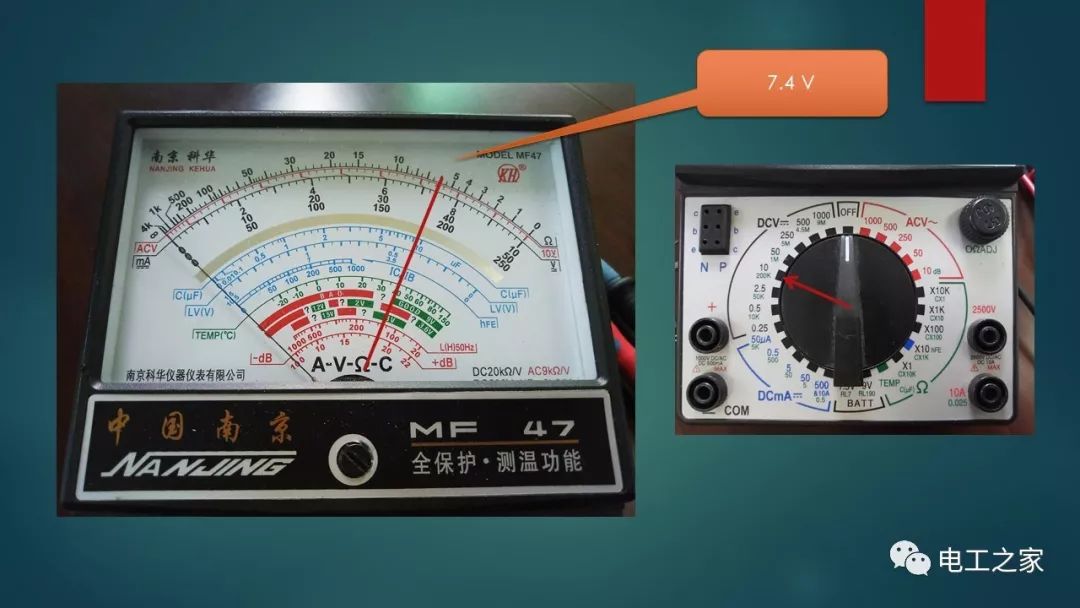
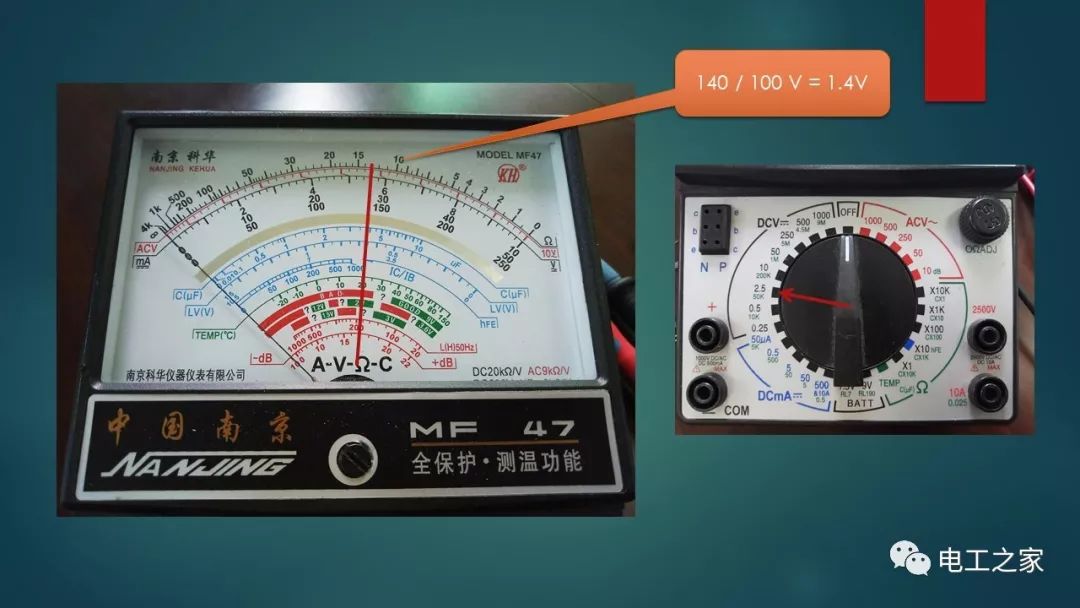



Disclaimer: The above content is sourced from the internet. If there are copyright issues with the reprint, please contact us for deletion.

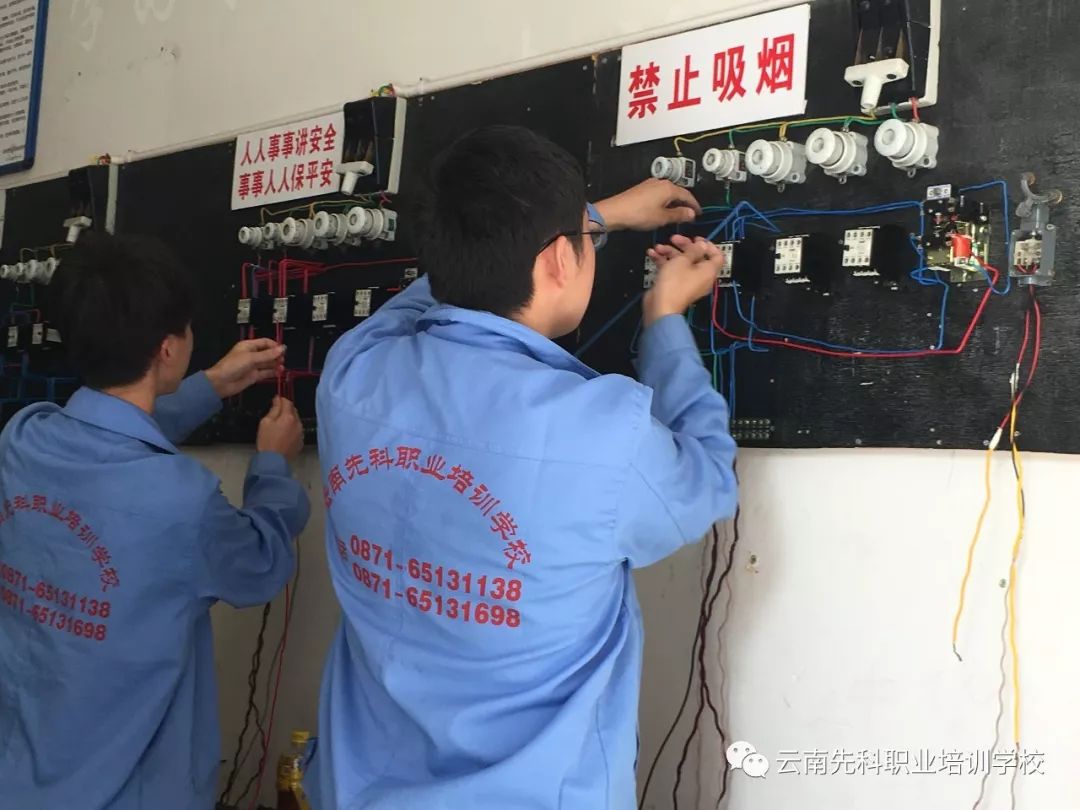
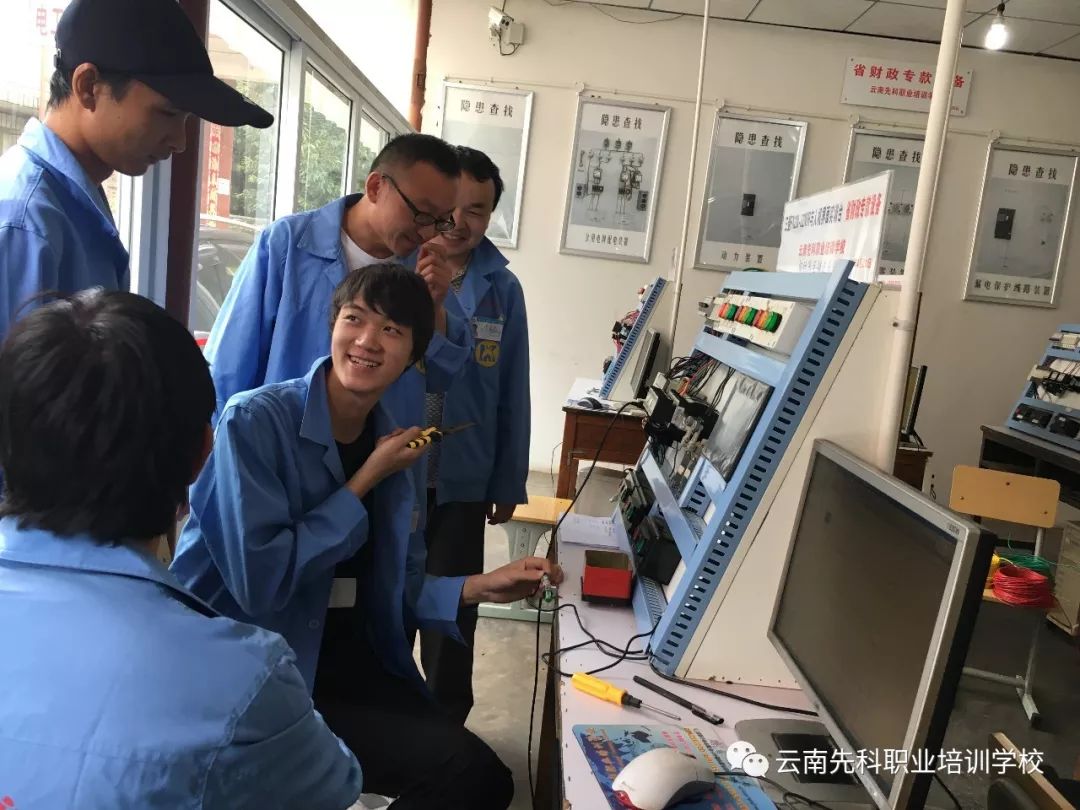



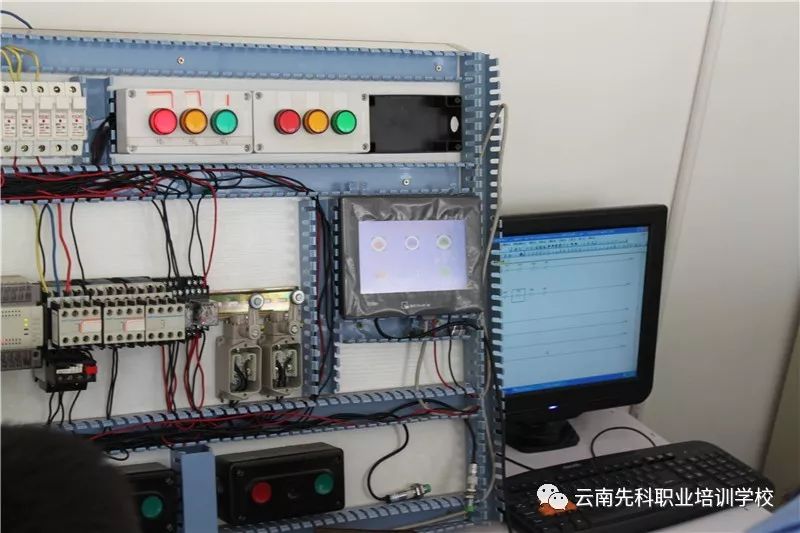
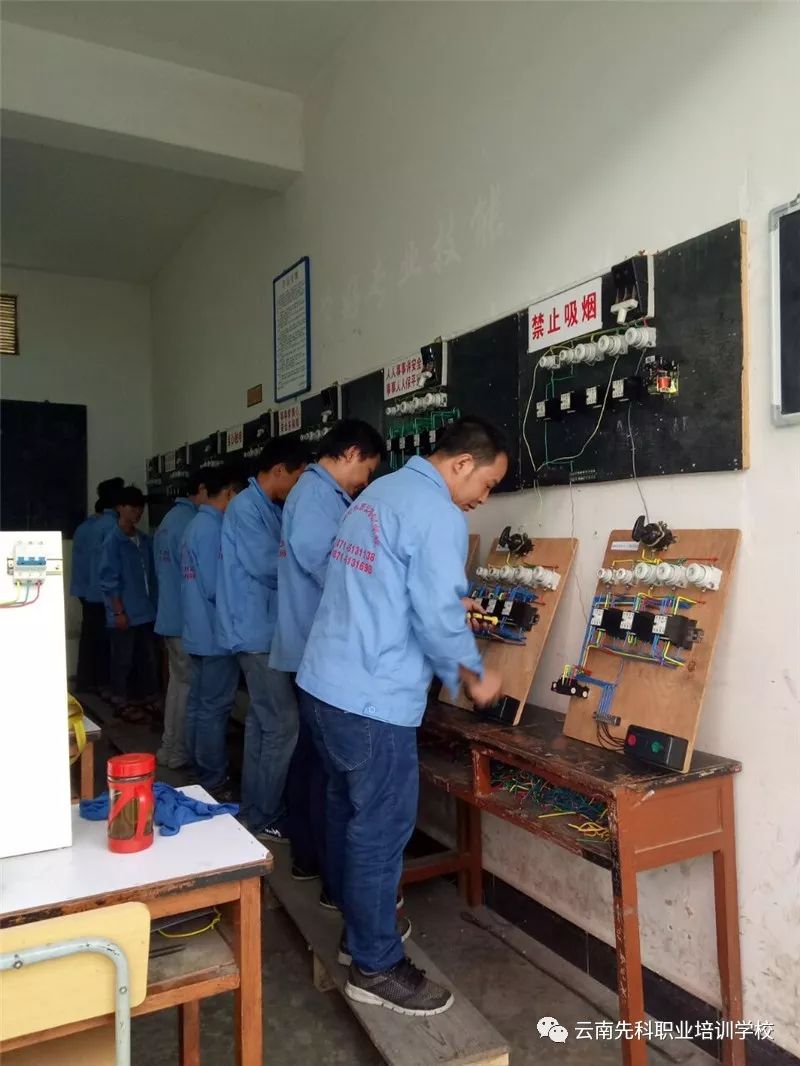
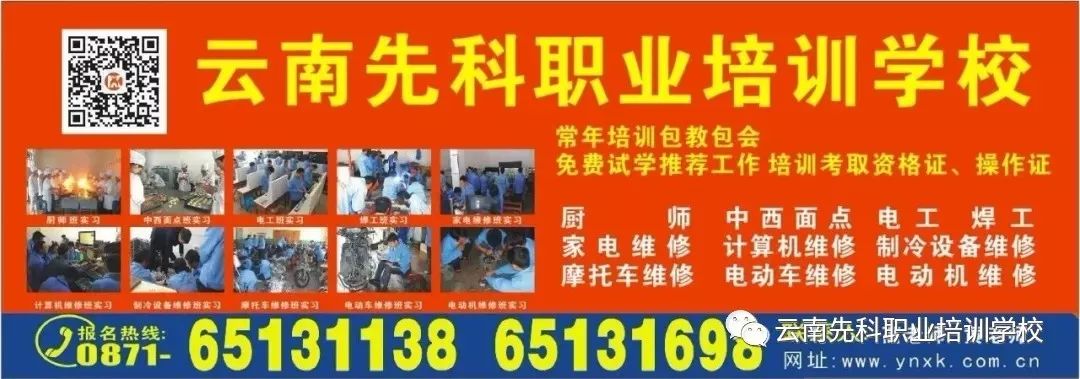
Year-round enrollment, classes open every month; cyclic teaching, study anytime, unified accommodation; 100% job recommendation!
1. Registration Time:
Registration is open at any time, no holidays. On-site registration, WeChat registration, phone registration, and QQ registration are all available.
2. Registration Conditions:
(Zero-based training class)
1. No age, gender, or regional restrictions;
2. No educational restrictions;
3. Must meet corresponding physical conditions.
(Certification training class)
1. Aged 18 to 60;
2. Middle school education or above;
3. Must meet corresponding physical conditions.
3. Registration Hotline:
Contact Number: 0871—65131138 65131698
QQ: 273327602
Address: No. 485, Tanhua Road, Kunming City
Website: www.ynxk.com.cn